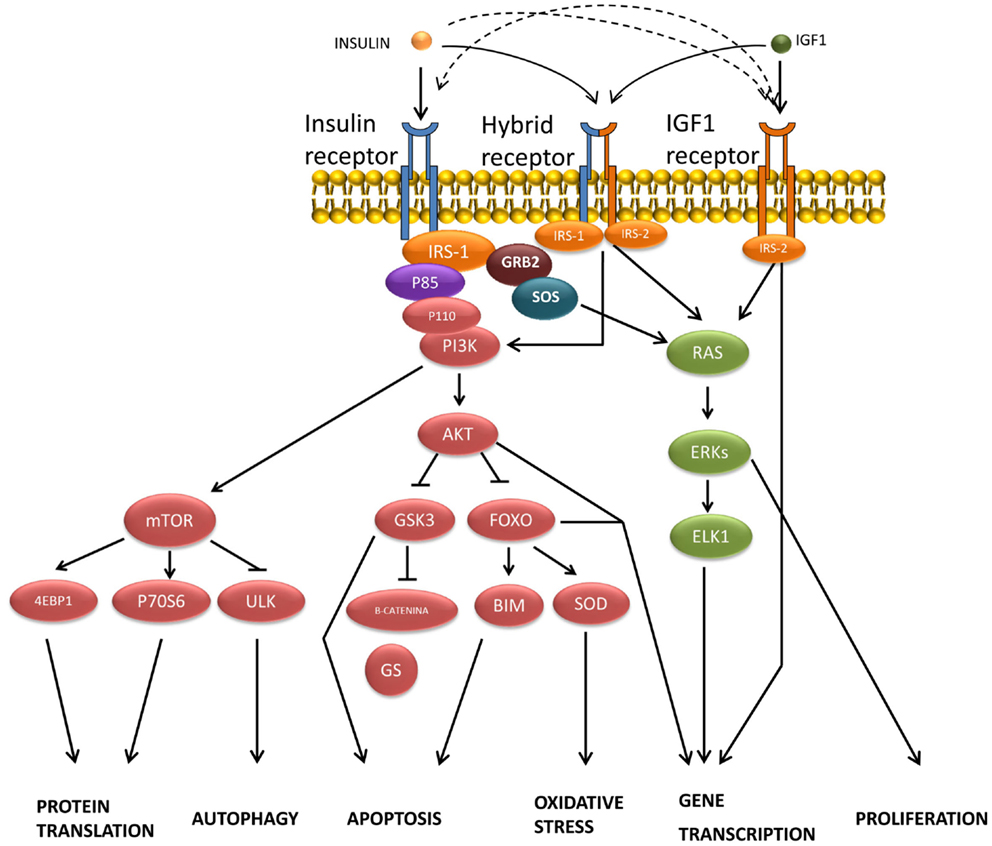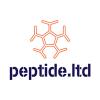Abelard my friend, are you out there? This one's for you!
Rodent Study:
non-emetic (projectile vomit) doses of roflumilast = enhanced memory
non-efficacious doses of roflumilast + donepezil = corrected memory deficits
https://www.ncbi.nlm...pubmed/26794595
Behav Brain Res. 2016 Apr 15;303:26-33. doi: 10.1016/j.bbr.2016.01.031. Epub 2016 Jan 18.
The PDE4 inhibitor roflumilast improves memory in rodents at non-emetic doses.
Enhancement of central availability of the second messenger cAMP is a promising approach to improve cognitive function. Pharmacological inhibition of phosphodiesterase type 4 (PDE4), a group of cAMP hydrolyzing enzymes in the brain, has been shown to improve cognitive performances in rodents and monkeys. However, inhibition of PDE4 is generally associated with severe emetic side-effects. Roflumilast, an FDA-approved PDE4 inhibitor for treatment of chronic obstructive pulmonary disease (COPD), is yielding only mild emetic side effects. In the present study we investigate the potential of roflumilast as a cognition enhancer and to determine the potential coinciding emetic response in comparison to rolipram, a classic PDE4 inhibitor with pronounced emetic effects. Cognition enhancement was evaluated in mice and it was found that both roflumilast and rolipram enhanced memory in an object location task (0.03mg/kg), whereas only roflumilast was effective in a spatial Y-maze (0.1mg/kg). Emetic potential was measured using competition of PDE4 inhibition for α2-adrenergic receptor antagonism in which recovery from xylazine/ketamine-mediated anesthesia is used as a surrogate marker. While rolipram displayed emetic properties at a dose 10 times the memory-enhancing dose, roflumilast only showed increased emetic-like properties at a dose 100 times the memory-enhancing dose. Moreover, combining sub-efficacious doses of the approved cognition-enhancer donepezil and roflumilast, which did not improve memory when given alone, fully restored object recognition memory deficit in rats induced by the muscarinic receptor antagonist scopolamine. These findings suggest that roflumilast offers a more favorable window for treatment of cognitive deficits compared to rolipram.
Edited by lostfalco, 25 March 2016 - 08:09 PM.


















































